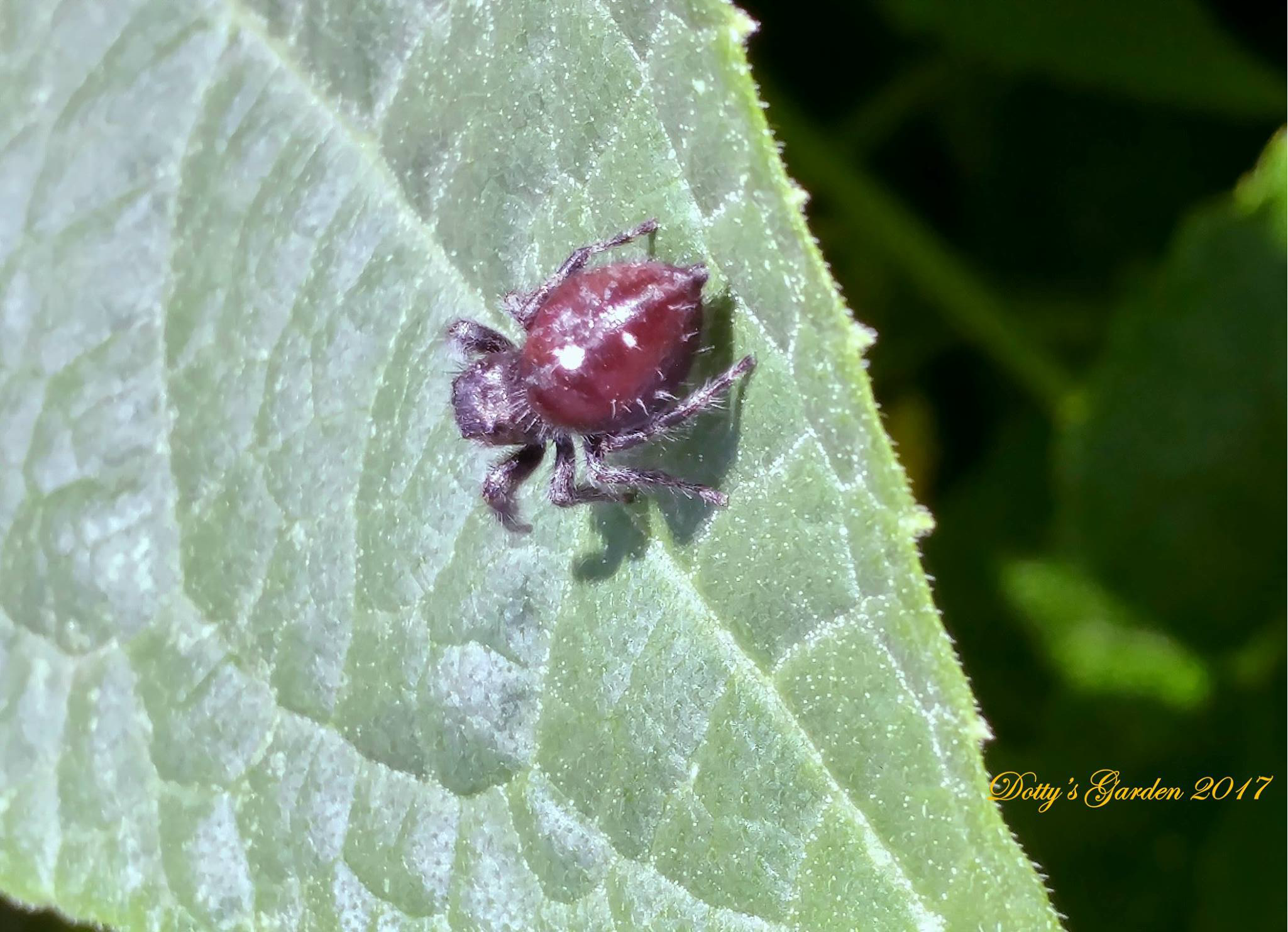Araneus Diadematus (cross Orbweaver)
A spider that is decorated with a crown or ornamental headband as the name (Araneus Diadematus in Latin) suggests.
 Can you imagine a spider with eight eyes? Not two eyes but a total of eight. I guess its more eyes to see better with. Four eyes are grouped together while the others are a distance away. Will have to capture a closer picture that reveals the eyes. The spider kept moving away and I could not capture the front of its body.
Can you imagine a spider with eight eyes? Not two eyes but a total of eight. I guess its more eyes to see better with. Four eyes are grouped together while the others are a distance away. Will have to capture a closer picture that reveals the eyes. The spider kept moving away and I could not capture the front of its body.
Its legs are thick and very spiny with banded deeper tones and grey/white color texture.
The large abdomen is oval in shape and has a hairy textured look. According to Science Direct on Animal Behavior females often display sexual cannibalism towards courting males. Males usually approach the females with caution to avoid getting eaten. Female only produce eggs once and dies within a couple of days after laying their eggs. A threatened spider may bounce up and down in its web to appear larger than it actually is. The web is used to capture its prey. Flying and jumping insects are usually victims to its orb web.
Leucauge Venusta 
Did someone take a paintbrush and painted this colorful spider? Its egg-shaped abdomen has a unique contrast of greenish/teal, yellow, black and greyish design. Found this beautiful critter sitting upside down in its web weaved amongst my weigela (wine and rose shrubs).
I had to chase this tiny, but fast, critter with my camera lens to capture a picture. After much research and asking the spider experts I have learned that this is a Leucauge Venusta, the orchard orb weaver. Research suggested that this spider is not considered harmful to humans.
Jumping Spiders:- Phidippus Audax
I came across this dark spider that is really interesting. I had to take it to the experts to help me identify it. There are so many species of spiders out there that’s way beyond my imagination.
 The eyes are arranged in a manner that’s typical of all jumping spiders. From above you can see two eyes on the top, that is the two posteriors (back) eye rows, which are located on the back of the carapace (i.e. the hard upper shell of its head).
The eyes are arranged in a manner that’s typical of all jumping spiders. From above you can see two eyes on the top, that is the two posteriors (back) eye rows, which are located on the back of the carapace (i.e. the hard upper shell of its head).
The anterior median eyes are the two largest, round, forward-facing pair seen here in this picture. The two eyes adjacent to those in the front are the anterior lateral eyes. Wow, why does a spider need that many eyes to see with? Excellent vision makes sense with a total of six eyes, and their characteristic for observing both prey and predators.
The legs are rather thick and hairy looking like some people I know. Can’t help but imagine critters and comparing them to us humans. The tip of each leg has 2 claws. [photo here]
These spiders hunt their prey in the daytime and the chances of being bit by one are slim. They fear humans and may bite in self-defense. If bitten one can expect pain, itching, swelling, and redness with a duration of 1 to 2 days (US Department of Agriculture).
As a garden visitor who might decide to settle in, I can expect that this spider will eat a range of insects and other spiders. In addition, they will make a juicy protein delicacy for birds, and dragonflies if they stop by. Lizards would certainly enjoy them too, however, in my neck of the woods, they are extinct.